We’ve all heard it: Breast is Best. We all know what it means. And if you have had a baby at some point over the last ten years, you have been encouraged, and maybe even pressured, to breastfeed your baby. Breastfeeding has become the foundation of what it means to be a good mother, and when new mothers do not or are not able to exclusively breastfeed their baby, they often feel disappointment, shame, and guilt.
But things have gone one step further, and now hospitals are adopting a more intense focus on breastfeeding as part of the Baby-Friendly Hospital Initiative (BFHI). This is a global program launched in 1991 by the World Health Organization and the United Nations Children’s Fund in order to “to implement practices that protect, promote and support breastfeeding”.
Hospitals in the United States have lagged behind other countries, but now US hospitals are feeling more pressure to comply with the Baby-Friendly recommendations. In 2011, the Surgeon General issued a Call to Action, seeking “to make it possible for every mother who wishes to breastfeed to be able to do so by shifting how we as a nation think and talk about breastfeeding.” Increased pressure comes also from the Joint Commission, a national accrediting organization, which now consider breastfeeding rates when it evaluates hospitals for accreditation.
In order to receive a Baby-Friendly designation, hospitals must implement the Ten Steps to Successful Breastfeeding and comply with the International Code of Marketing of Breast-Milk Substitutes. The hospitals must adhere to 10 key steps, including educating mothers about the benefits of breastfeeding and helping them to breastfeed within an hour of birth, giving healthy infants no drink other than breast milk (i.e., no formula), eliminating pacifiers and bottles, and practicing rooming-in in order to “allow mothers and infants to remain together 24 hours a day”.
While these recommendations are based on solid scientific research and are designed to promote and support breastfeeding, the rigidity and specificity of these guidelines may place undue pressure on new mothers and may be overly demanding. Our own hospital earned its baby-friendly designation last year, and since that time we have heard stories from mothers who have found the new baby-friendly approach to be less than friendly to new moms. Women are told that the nursery is not available, and the nursing staff typically refuse exhausted mothers’ requests to take care of their babies (even for an hour or so) unless it’s an emergency. (This article from the Boston Globe expands on many of the complaints and concerns we have heard.)
We worry particularly about women with histories of depression and anxiety who are at increased risk for postpartum depression. When we counsel women on how to decrease their risk for postpartum depression, we urge them to protect their sleep as much as possible and encourage them to take advantage of the nursery after delivery. We often recommend that their partner or another family member help out with feedings — bottle feeding and supplementing with formula, as needed — to allow the mother to rest and recover. It feels as if the baby-friendly recommendations run counter to our efforts to help and support mothers during a vulnerable time.
We are not the only healthcare providers questioning the wisdom of the Baby-Friendly Initiative. In JAMA Pediatrics, a group of pediatricians expressed concerns that there may be potentially dangerous, and sometimes fatal, consequences for babies delivered at baby-friendly hospitals. “Unfortunately, there is now emerging evidence that full compliance with the 10 steps of the initiative may inadvertently be promoting potentially hazardous practices and/or having counterproductive outcomes,” they comment.
We want to do the best for our children. But when it comes to taking care of them, we have a tendency to think of everything in a black-and-white kind of way, as if there is only one way — the right way — to do things. Breastfeeding is best. No formula. No bottles. No pacifiers. Unfortunately hospitals, as they attempt to garner the Baby-Friendly designation, may adopt practices that feel rigid and rule-bound at a time when new parents need flexibility, understanding, and responsiveness to their individual needs.
In an article published in Slate, Elissa Strauss comments, “It’s possible to encourage breastfeeding without making breastfeeding the sole focus of the maternity ward—an objective that can all too easily come at the expense of a woman’s autonomy and an infant’s health. What families need is hospital-based breastfeeding support that is responsive to the physical and psychological needs of the mom and doesn’t prioritize feeding over other aspects of an infant’s health. Such a flexible approach will be less easy to implement than the one-size-fits all, checklist-friendly structure of the baby-friendly movement, but it’s more likely to serve mother and child well.” Well said.
Ruta Nonacs, MD PhD
Bass JL, Gartley T, Kleinman R. Unintended Consequences of Current Breastfeeding Initiatives. JAMA Pediatr. 2016;170(10):923-924.

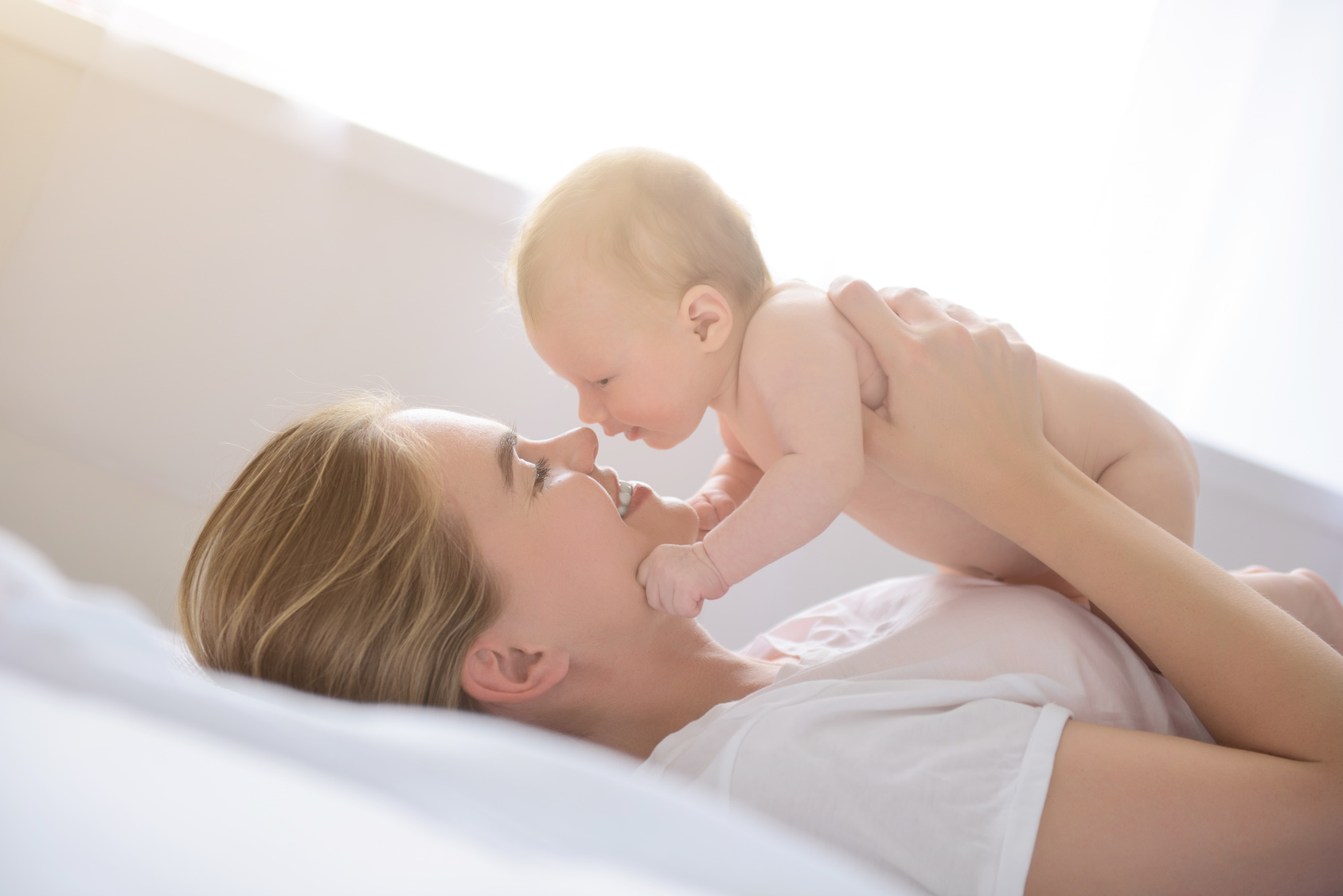
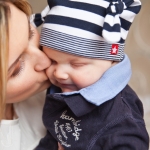

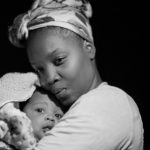
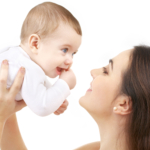
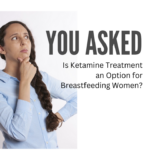

Leave A Comment